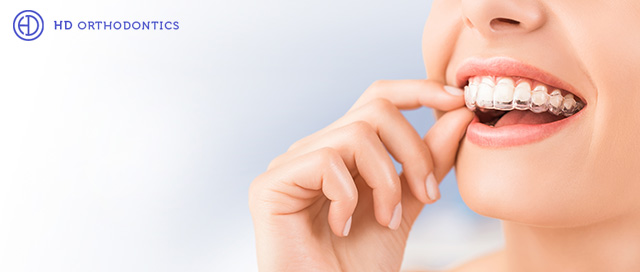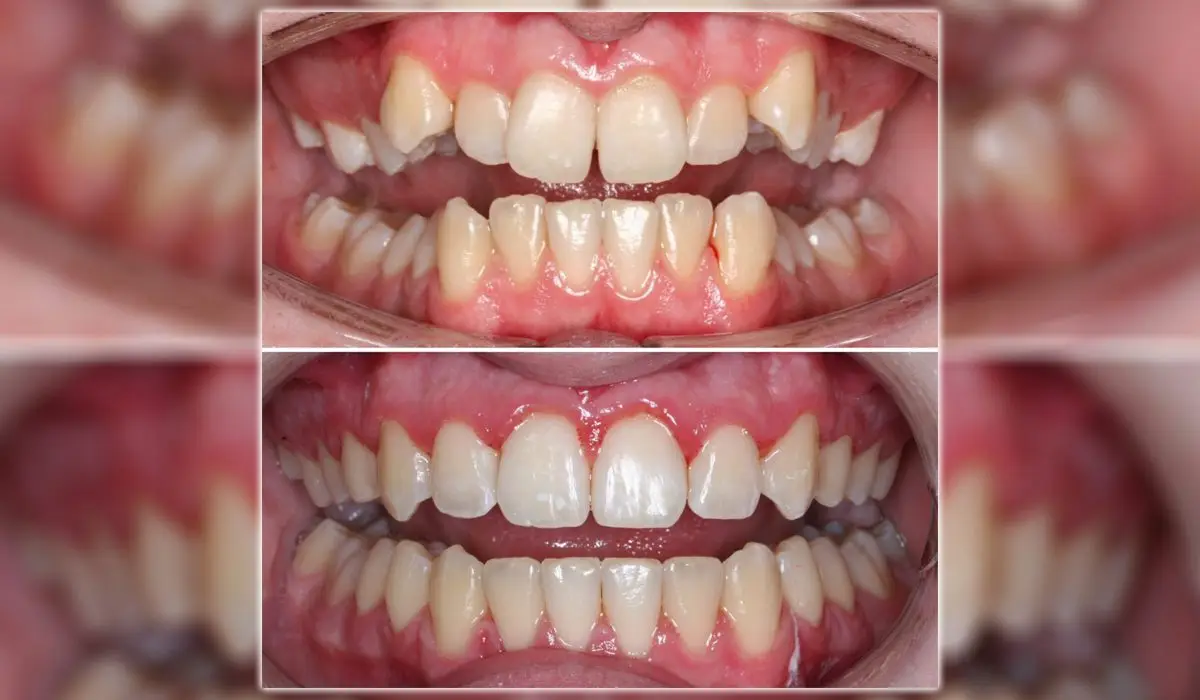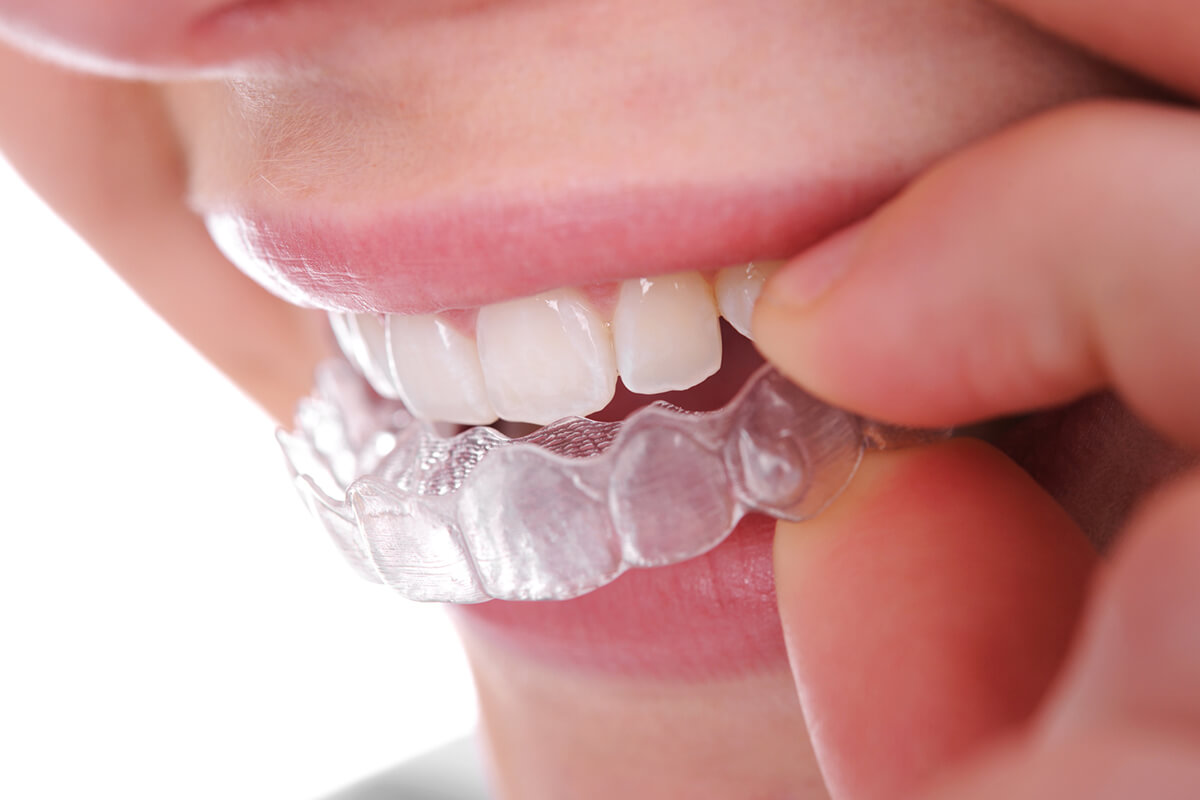Success Stories: How Invisalign Changed Lives and Improved Confidence
Success Stories: How Invisalign Changed Lives and Improved Confidence
Blog Article
Invisalign vs. Traditional Dental braces: Which Alternative Is Right for You?
When taking into consideration orthodontic treatment, the selection in between Invisalign and conventional dental braces offers a number of essential aspects that warrant mindful analysis. Invisalign supplies a discreet option with removable aligners, while standard dental braces give an extra noticeable yet reliable service for serious misalignment. Each alternative includes distinct benefits and drawbacks connected to looks, convenience, therapy period, and expense. Understanding these nuances is crucial for making a notified decision that straightens with your individual preferences and way of life. The question continues to be: which option will best meet your orthodontic demands and assumptions?
Review of Therapy Choices

In comparison, typical braces contain metal brackets and cords that are bound to the teeth. This technique applies continuous pressure over time to achieve positioning. While reliable for intricate orthodontic problems, typical dental braces call for routine visits for modifications and can pose challenges in maintaining dental hygiene because of the difficulty of cleansing about wires and brackets.
Both choices have their benefits, and the choice often hinges on details oral conditions, way of life choices, and person conformity. Inevitably, seeking advice from an orthodontic specialist is essential for determining one of the most ideal therapy plan customized to private needs. Understanding the subtleties of each choice can considerably influence the total success of orthodontic treatment.
Aesthetic Considerations
A significant factor affecting the selection between Invisalign and standard braces is the aesthetic allure each treatment offers. Invisalign aligners are crafted from clear plastic, making them basically undetectable when put on. This discreet appearance is particularly interesting adults and young adults that might feel awkward about their orthodontic treatment. The capability to keep an all-natural smile throughout the positioning procedure can considerably enhance the individual's confidence in social and professional setups.
On the other hand, traditional braces consist of metal braces and cords, which can be more obvious. While innovations in orthodontic modern technology have brought about the advancement of smaller sized brackets and colored elastics, traditional dental braces still maintain a more noticeable account. For some people, the visibility of dental braces might discourage them from seeking needed therapy.
Ultimately, the choice in between Invisalign and typical dental braces might depend upon individual choices pertaining to visual appeals. Patients that prioritize discretion often lean towards Invisalign, while those that are less concerned concerning visibility might choose typical braces. Recognizing the aesthetic ramifications of each option is vital for making a notified choice that lines up with one's lifestyle and choices.
Comfort and Convenience

In terms of benefit, Invisalign aligners are removable, allowing clients to enjoy their preferred foods without limitation and keep optimum oral hygiene. Brushing and flossing are streamlined, as the aligners can be gotten throughout these routines, whereas traditional dental braces require careful steering around cords and brackets.
In addition, Invisalign's progressive system enables for fewer orthodontic sees. Patients usually receive multiple sets of aligners simultaneously, which can improve the treatment procedure and reduce time spent in the orthodontist's chair. On the other hand, typical braces require routine changes, making them much less convenient for those with hectic timetables. Invisalign. On the whole, the comfort and comfort of Invisalign make it an appealing selection for many people seeking orthodontic treatment.
Therapy Period and Performance
While both Invisalign and standard dental braces are efficient in dealing with dental imbalances, the period of therapy can vary dramatically between the two alternatives. Normally, Invisalign therapy can take anywhere from 12 to 18 months, depending on the intricacy of the situation. The clear aligners work by slowly moving teeth right into their desired positions, and regular follow-ups with an orthodontist assistance ensure development stays on track.
On the other hand, standard braces go to my blog often require a longer commitment, normally ranging from 18 months to three years. This results from their set nature and making use of cords and braces, which can be much more efficient for complex instances and extreme imbalances (Invisalign). The therapy efficiency of standard dental braces is well-documented, as they permit precise modifications and greater control over tooth activity
Inevitably, the choice in between Invisalign and traditional dental braces may pivot on both the awaited treatment duration and the certain dental issues at hand. Consulting with an orthodontist is crucial, as they can supply tailored recommendations based upon individual needs, guaranteeing the selected method aligns with preferred outcomes and durations.
Expense Comparison and Insurance Alternatives
Price plays a substantial role in the decision-making process for people taking into consideration orthodontic treatment, whether choosing for Invisalign or conventional braces. Usually, the price of Invisalign varieties from $3,000 to $8,000, while standard braces usually set you back in between $2,000 and $6,000. Aspects influencing these prices consist of the complexity of the instance, the duration of therapy, and geographical location.
Insurance policy protection can considerably influence out-of-pocket costs. Many oral insurance coverage strategies give partial insurance coverage for orthodontic therapies, but the specifics can vary commonly. It is crucial for people to assess their insurance coverage policies to identify the degree of protection for either choice. Normally, traditional dental braces might be more regularly covered by insurance coverage plans compared to Invisalign, which some insurers categorize as a cosmetic procedure.
Furthermore, a number of orthodontic practices offer versatile repayment plans, making both therapy options more accessible. Patients must ask about possible funding choices and discount rates for in advance payments. Reviewing the overall expense, consisting of insurance policy benefits and repayment plans, is important for making an educated decision that lines up with both visual choices and budget plan factors to consider.

Conclusion
In summary, the selection between Invisalign and typical braces rests on numerous aspects, including aesthetic preferences, convenience, therapy check it out duration, and expense. Invisalign uses a discreet, removable choice that promotes oral health and nutritional flexibility, while traditional dental braces may be preferable for complicated dental issues and commonly come at a lower price point. Eventually, appointment with an orthodontist is important to analyze private scenarios and determine the most suitable therapy option for attaining optimal dental placement.
When considering orthodontic treatment, the selection between Invisalign and traditional braces provides numerous vital aspects that warrant careful evaluation.Comparing Invisalign and typical dental braces discloses distinctive treatment alternatives for orthodontic improvement.While both Invisalign and traditional braces are efficient in correcting dental misalignments, the duration of treatment can differ considerably between the two options.Cost plays a significant duty in the decision-making process for individuals considering orthodontic therapy, whether opting for Invisalign or standard braces.In recap, the choice in between Invisalign and standard dental braces hinges on several elements, consisting of aesthetic preferences, comfort, therapy duration, and cost.
Report this page